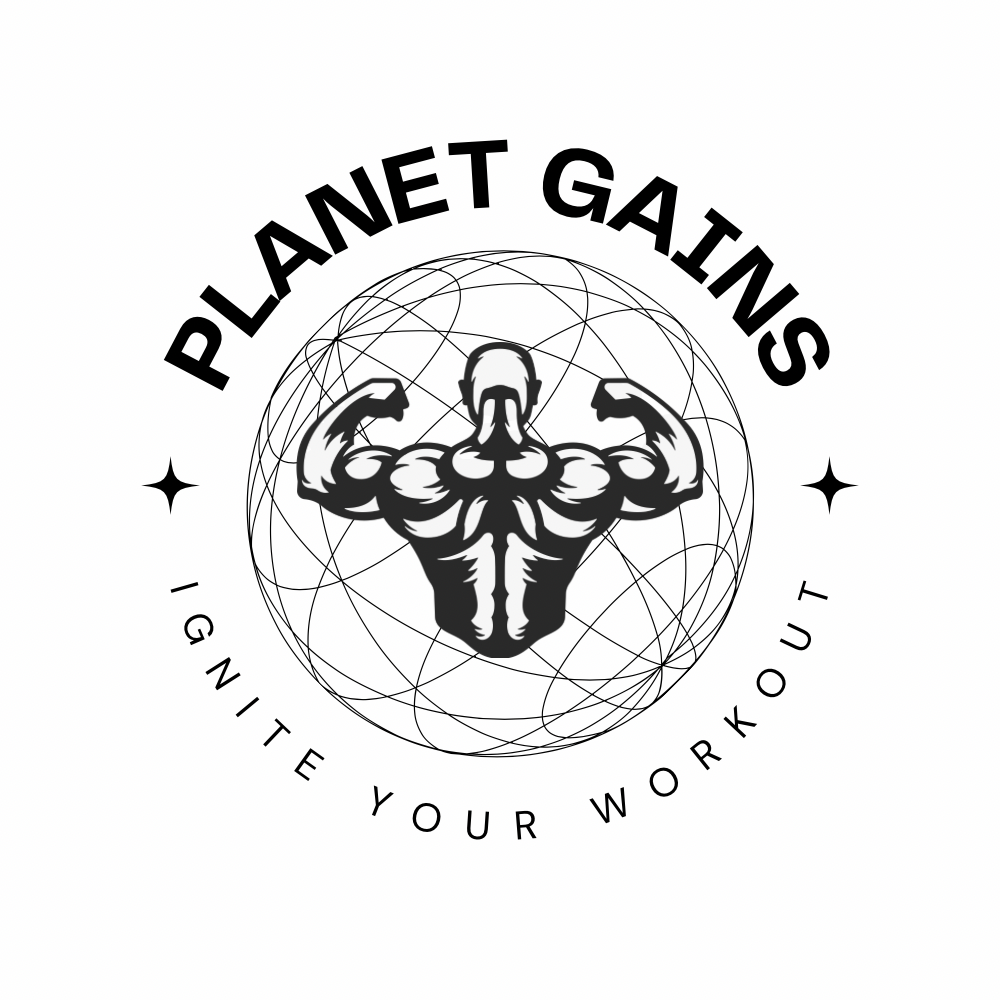📦 FREE Shipping
How Many Calories Do I Burn Mountain Biking 2024: Surprising Insights

Mountain biking is an exhilarating blend of adventure and athleticism that can significantly impact your calorie count. “How Many Calories Do I Burn Mountain Biking? Surprising Insights” explores the rugged trails and the energy you’ll expend conquering them.
How Many Calories Do I Burn Mountain Biking?
Your bike is your ticket to a major burn, with Mountain Biking’s MET (Metabolic Equivalent of Task) value at a robust 8. Let’s crunch those numbers using a simple calorie calculator method:
- Your Weight in kg: Convert your weight from pounds to kilograms by dividing it by 2.20462.
- MET Value: For mountain biking, it typically stands at 8.
- Duration in Minutes: How long your biking adventure lasts.
The formula looks like this: (Your Weight in kg) x (MET value) x 0.0175 x (Duration in Minutes).
Suppose you weigh 180 lbs and you’ve been shredding trails for 30 minutes, your calorie burn would be around (180/2.20462) x 8 x 0.0175 x 30, which equals approximately 367 calories burned.
Factors Affecting Calorie Burn
Several variables can crank up your calorie scorching:
- Intensity: The harder you pedal, the higher your energy expenditure.
- Terrain: Rocky inclines? More calories dashed. Smooth flatland? Less so.
- Speed: Picking up pace? Your calorie burn accelerates.
Influences of Body Mechanics and Fitness
Get ready to harness the power of your own body! Understanding how muscle engagement and your overall fitness level fuel your mountain biking adventures will amplify the calories you burn and boost your rides.

Muscle Engagement and Energy Cost
When pedaling up a storm, your muscles propel you forward. Each turn of the pedals is an intricate dance between strength and endurance.
The more muscles you engage—huge muscles like your quadriceps and hamstrings—the higher your energy cost and, consequently, the more calories you burn. During intense biking, more muscular effort means an elevated heart rate, tapping into cardiovascular benefits as well.
- Intense hill climbing: targets your glutes and calves, driving up energy expenditure.
- Sprinting: engages fast-twitch muscle fibers, spiking your energy cost even further.
Remember, the intensity of your ride matters. High-intensity rides skyrocket your calorie burn!
Improving Efficiency Through Fitness
Your fitness level plays a crucial role in the efficiency and effectiveness of your rides.
As your fitness improves, your body becomes more adept at burning calories, and you can maintain higher intensities for longer. Invest in your fitness, and you’ll see these gains:
- Improved cardiovascular health: Your heart becomes more efficient, pushing you harder for longer.
- Strength training: Complements your cycling by improving joint stability and muscle endurance.
Mountain Biking Dynamics

When mountain biking, the type of terrain dramatically influences your physical exertion and power output. Challenging terrain such as steep inclines, rocky paths, and loose gravel require more effort, increasing your heart rate and calorie burn. On these adventurous paths, you’ll feel every pedal stroke as you navigate the thrilling landscape.
Bike Gear also plays a crucial role. The right gears can make tackling tough trails less strenuous or more exhilarating if you’re seeking that adrenaline rush. A lower gear can help you manage steeper sections by maintaining a moderate and constant speed, while a higher gear can be ideal for sprinting down hills or racing across flat stretches.
- Steep Incline: Increase resistance, higher caloric burn
- Rocky Paths: Greater balance and control needed, and potentially more energy used
- Loose Gravel: Higher caution and bike handling skill, engaging more muscle groups
Maximizing Caloric Burn
To make your mountain biking experience as exhilarating and calorie-torching as possible, focus on the following:
- Intensity: The harder you ride, the more calories you’ll burn. Push yourself to maintain a faster speed and enthusiastically tackle those steep climbs!
- Distance: The longer you ride, the more energy you’ll expend. Plot your cycling routes to cover greater distances and add variety to your workouts.
- Hydration and Nutrition: Proper fueling is essential. Ensure you’re well-hydrated and have enough energy supplies to maintain your stamina throughout the ride.
- Consistency: Frequent rides help improve your cycling performance, leading to higher caloric burns as your experienced rider status takes shape.
FAQ:
How many calories do you burn mountain biking for 30 minutes?
You burn approximately 300 to 500 calories mountain biking for 30 minutes, depending on the terrain’s difficulty and effort level.
Is mountain biking a good way to Lose Weight?
Yes, mountain biking is an excellent way to lose weight due to its high-calorie burn and full-body workout.
How many calories do you burn cycling in the mountains?
Cycling in the mountains can burn many calories; expect around 400 to 600 per hour, influenced by the climb’s steepness and your pace.
Does a mountain bike burn more calories?
Mountain biking often burns more calories than casual cycling because navigating challenging terrain requires more intense effort.
If this article about “How Many Calories Do I Burn Mountain Biking” helped you, don’t forget to leave us a comment below about what you think of the article.


